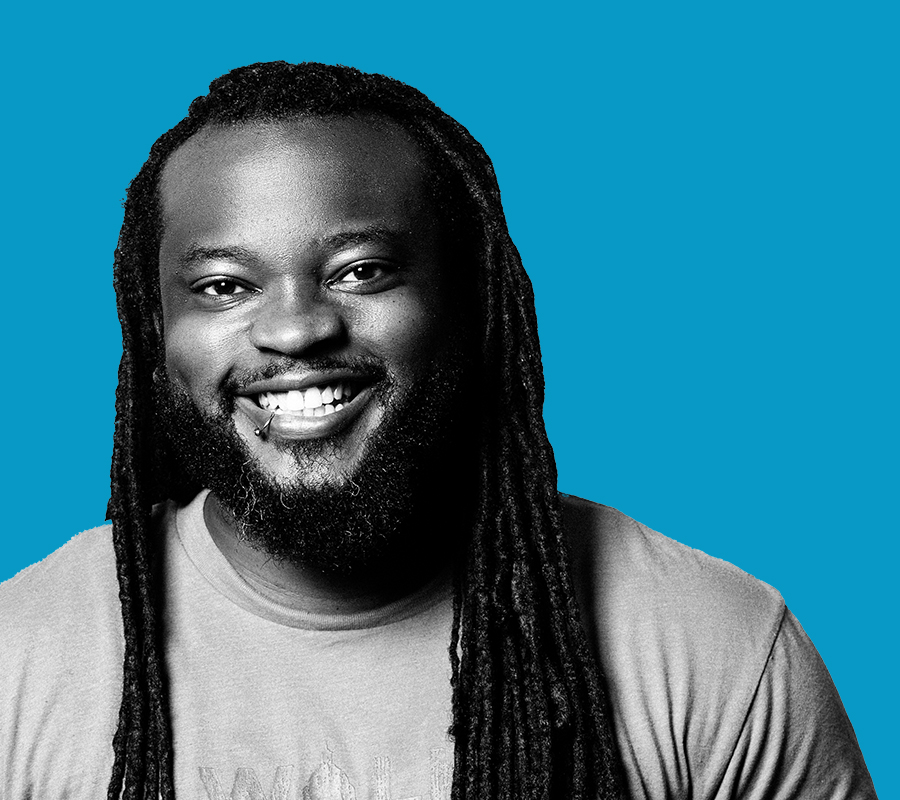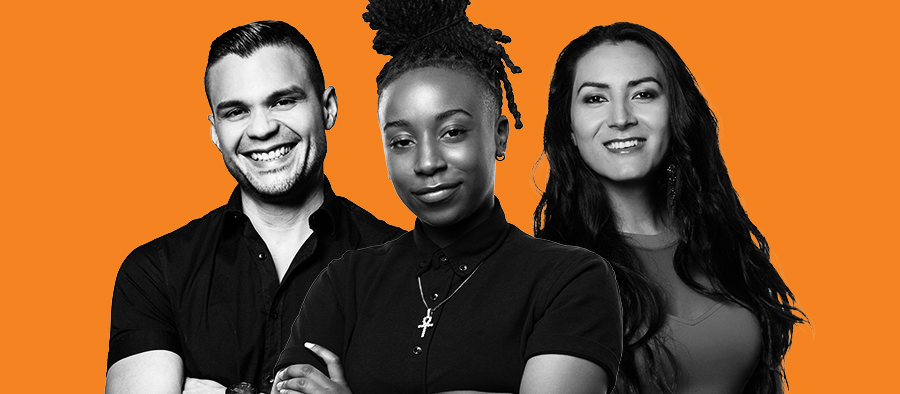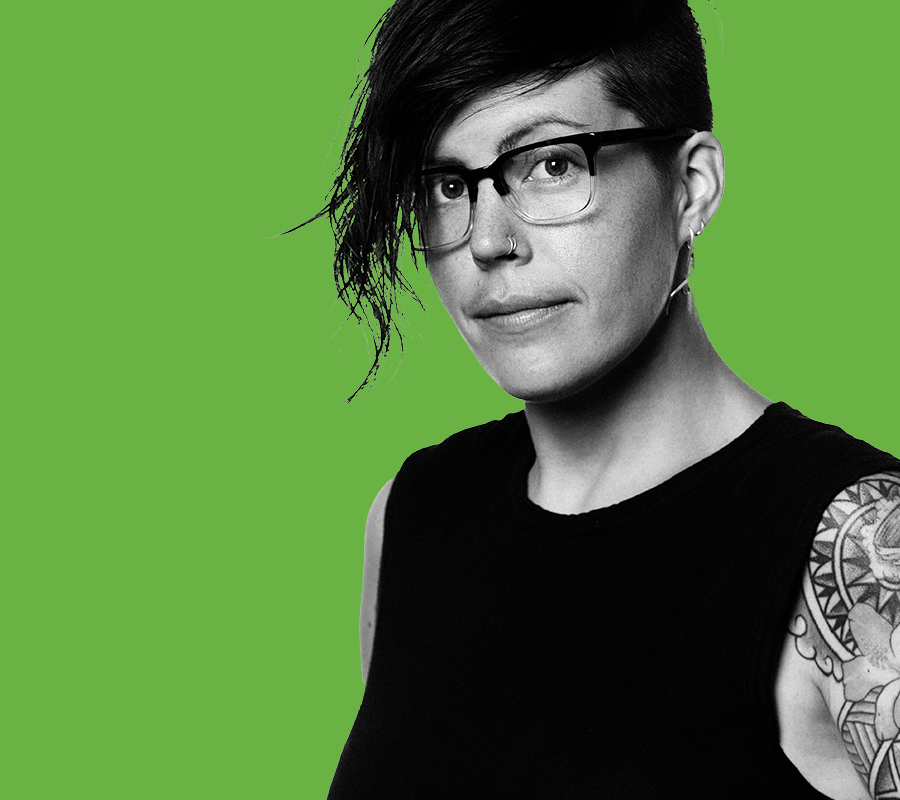For over fifty years, Whitman-Walker has been part of the fabric of the local DC and national community. Founded to support the needs of the LGBTQ community, Whitman-Walker was a first responder and care-provider for those living with HIV. We are a leader in care and policy advocacy; a research center working to discover breakthroughs in HIV treatment and prevention science. Whitman-Walker envisions a society where all people are seen for who they are, treated with dignity and respect, and afforded equal opportunity to health and wellbeing.
Through care, advocacy, research, and education, the organization strives to ensure all persons can live healthily and love openly and to feel true equality and inclusion in all aspects of their lives. Whitman-Walker prioritizes the needs of community and has earned the trust of DC residents by remaining intentional in their outreach to engage and care for those we serve. At the core of the organization is a desire to create safe spaces where people are seen for who they are.
Today, Whitman-Walker is a collective of 501 (c)(3) organizations centered around delivering care to community. The organization is led by two CEOs – Naseema Shafi and Heather Aaron. Shafi leads Whitman-Walker Health and Aaron leads Whitman-Walker Health System which oversees Whitman-Walker Foundation, Whitman-Walker Institute and Whitman-Walker Real Property Holdings.
Our spectrum of services include:
At Whitman-Walker Health (WWH), we provide comprehensive and inclusive primary medical care, behavioral health care, dental care, family support services, and a range of health-related legal and support services to more than 20,000 individuals and families annually in the greater Washington, DC region. Our care model is rooted in our legacy of service to the LGBTQ communities, people living with HIV, Black and Latino communities and other people facing barriers to accessing health care. At Whitman-Walker Health, our motto “We See You” symbolizes that we see patients, but we see the person first.
Whitman-Walker Health System is driven to help Whitman-Walker Health grow and to position the organization as the nation’s leader in LGBTQ+-inclusive care, advocacy, research, and education. Whitman-Walker Health System (WWHS) exists to support the operations of WWH and expand the capacities of some of our most important and crucial functions including fundraising, research and thought leadership.
Whitman-Walker Institute is one of the country’s premiere organizations focused on advancing the health and wellbeing of people facing barriers to quality care, particularly LGBTQ+ people and people living with HIV, through the strategic integration of clinical expertise, research acumen, quality education and policy change. The Institute has its own 501 (c)3 designation and board of directors. Through the Whitman-Walker Institute – “We Hear You” – which means that our advocacy, education and research must be community-centered in order to make a difference in our community.
Whitman-Walker Foundation uses community-based philanthropy to ensure sustainability and support growth for all Whitman-Walker companies. The Foundation has its own 501 (c)3 designation and board of directors. At the Whitman-Walker Foundation – “We Need You” – which means that we need community support in order to support our community.
Real Property Holdings guides the organization to make strategic business decisions regarding our real estate so that we can invest the earnings back into community.



Whitman-Walker at 1525
1525 14th St. NW
Washington, DC 20005
Whitman-Walker at LIZ
1377 R St. NW, Suite 200
Washington, DC 20009
Max Robinson Center
1201 Sycamore Dr. SE
Washington, DC 20032
Get the latest Whitman-Walker Health community news delivered to your inbox!
© 2025 Whitman-Walker. All Rights Reserved.